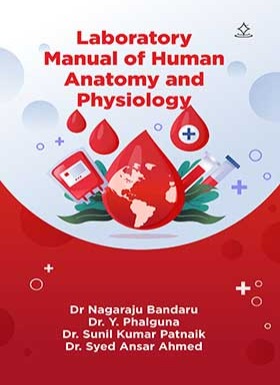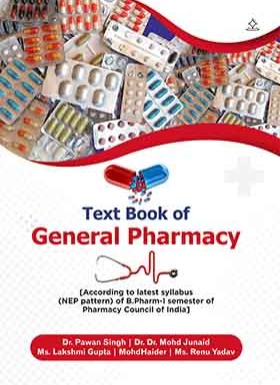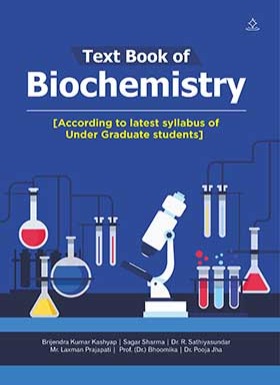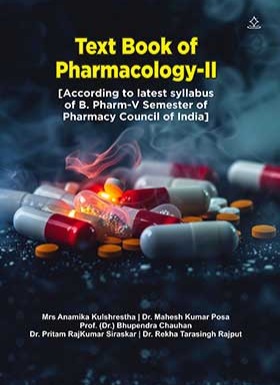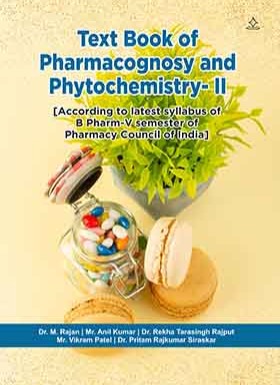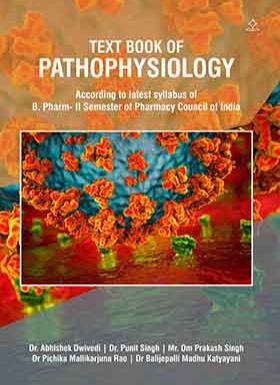


ISBN : 978-93-6087-501-5
Category : Academic
Catalogue : Medical And Nursing
ID : SB21655
TEXT BOOK OF PATHOPHYSIOLOGY
According to latest syllabus of B. Pharm- II Semester of Pharmacy Council of India
Dr Abhishek Dwivedi, Dr. Punit Singh, Mr. Om Prakash Singh, Dr Pichika Mallikarjuna Rao, Dr Balijepalli Madhu Katyayani
Paperback
899.00
e Book
399.00
Pages : 242
Language : English
About Book
This book provides a foundational understanding of human pathology by exploring the mechanisms of cell injury, adaptation, inflammation, and disease processes affecting various organ systems. It begins with core concepts such as homeostasis, cellular adaptation, and types of feedback systems, followed by a detailed explanation of cell damage—including mitochondrial, nuclear, and membrane alterations. The morphology of injured cells is examined through adaptive changes like atrophy, hypertrophy, and metaplasia. Key pathological features like cell swelling, intracellular accumulations, calcification, enzyme leakage, and cell death are thoroughly discussed. Inflammation is explained through its clinical signs, vascular and cellular responses, and key mediators, alongside the principles of wound healing and the pathophysiology of atherosclerosis. The cardiovascular and respiratory systems are examined in terms of common diseases such as hypertension, heart failure, asthma, and COPD, with emphasis on diagnosis, treatment, and prevention. Renal diseases are also addressed, focusing on acute and chronic failure. The hematological section covers various anemias and bleeding disorders, while the endocrine chapter details diabetes, thyroid dysfunction, and hormonal imbalances. Nervous system disorders like epilepsy, stroke, Parkinson’s disease, and psychiatric illnesses are analyzed alongside gastrointestinal diseases including ulcers, hepatitis, and liver disorders. Bone and joint conditions such as rheumatoid arthritis, gout, and osteoporosis are presented with clinical clarity. Principles of cancer, including classification, etiology, and pathogenesis, are discussed to provide a framework for understanding oncology. Finally, the book addresses infectious and sexually transmitted diseases like tuberculosis, meningitis, AIDS, and syphilis, integrating their pathophysiology with management and prevention strategies. Throughout, the book maintains a clear clinical orientation, helping students and practitioners link theory with real-world practice. It emphasizes diagnostic principles, treatment protocols, and preventive approaches to disease. With well-structured chapters and up-to-date content, this book is an essential guide for students in medical and allied health sciences.
Customer Reviews

